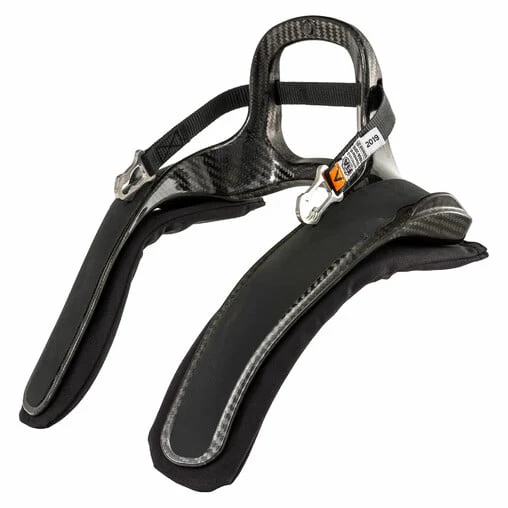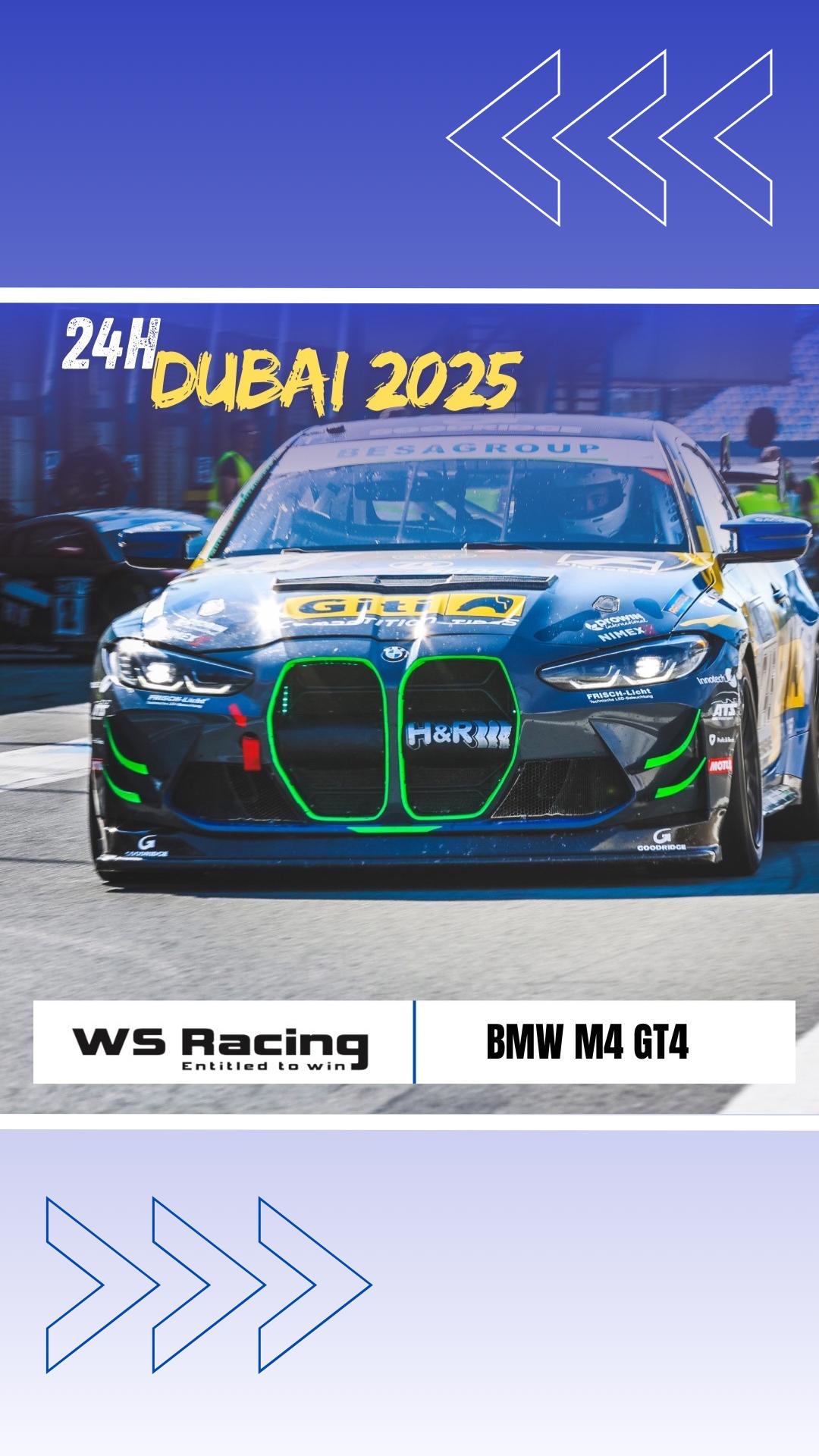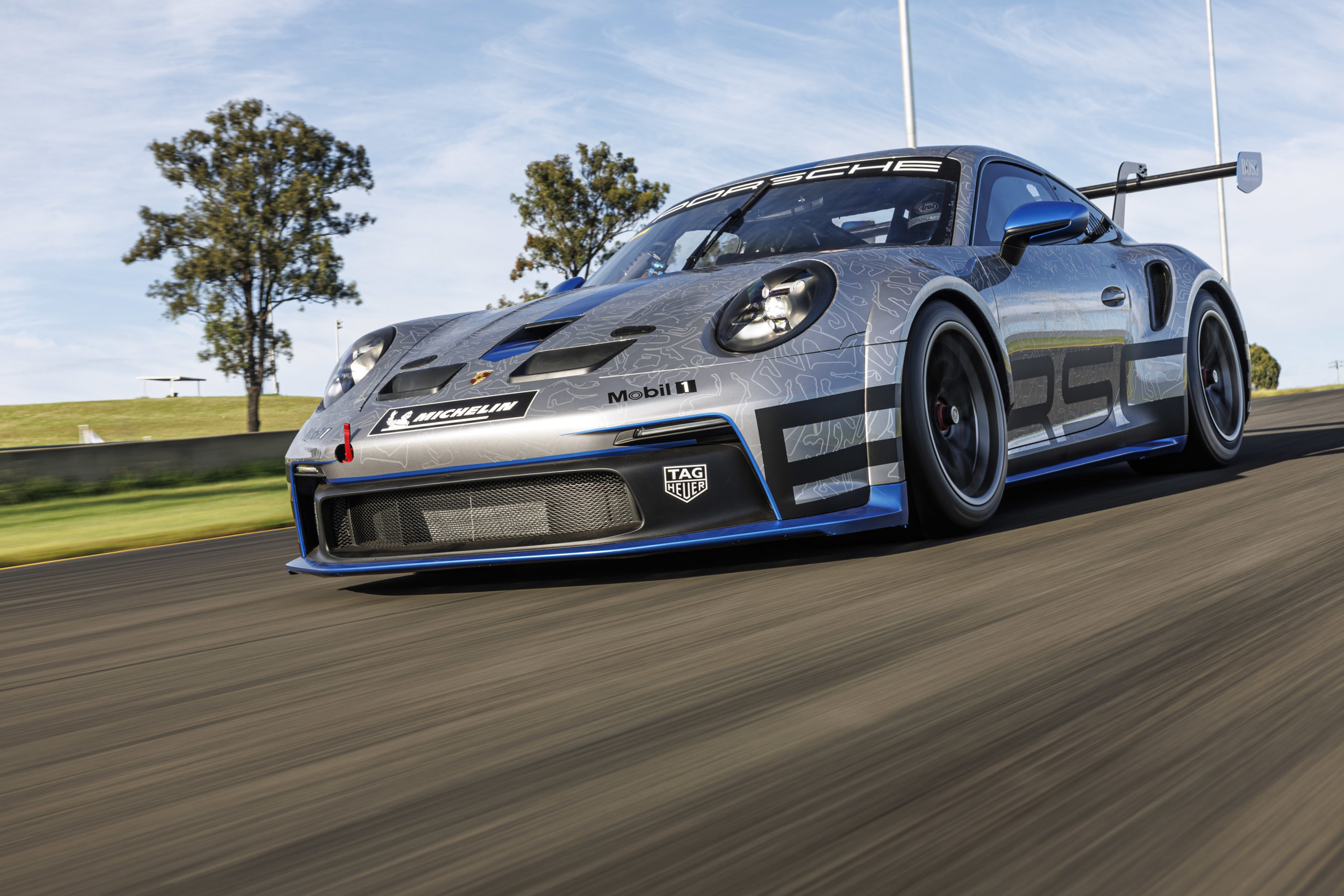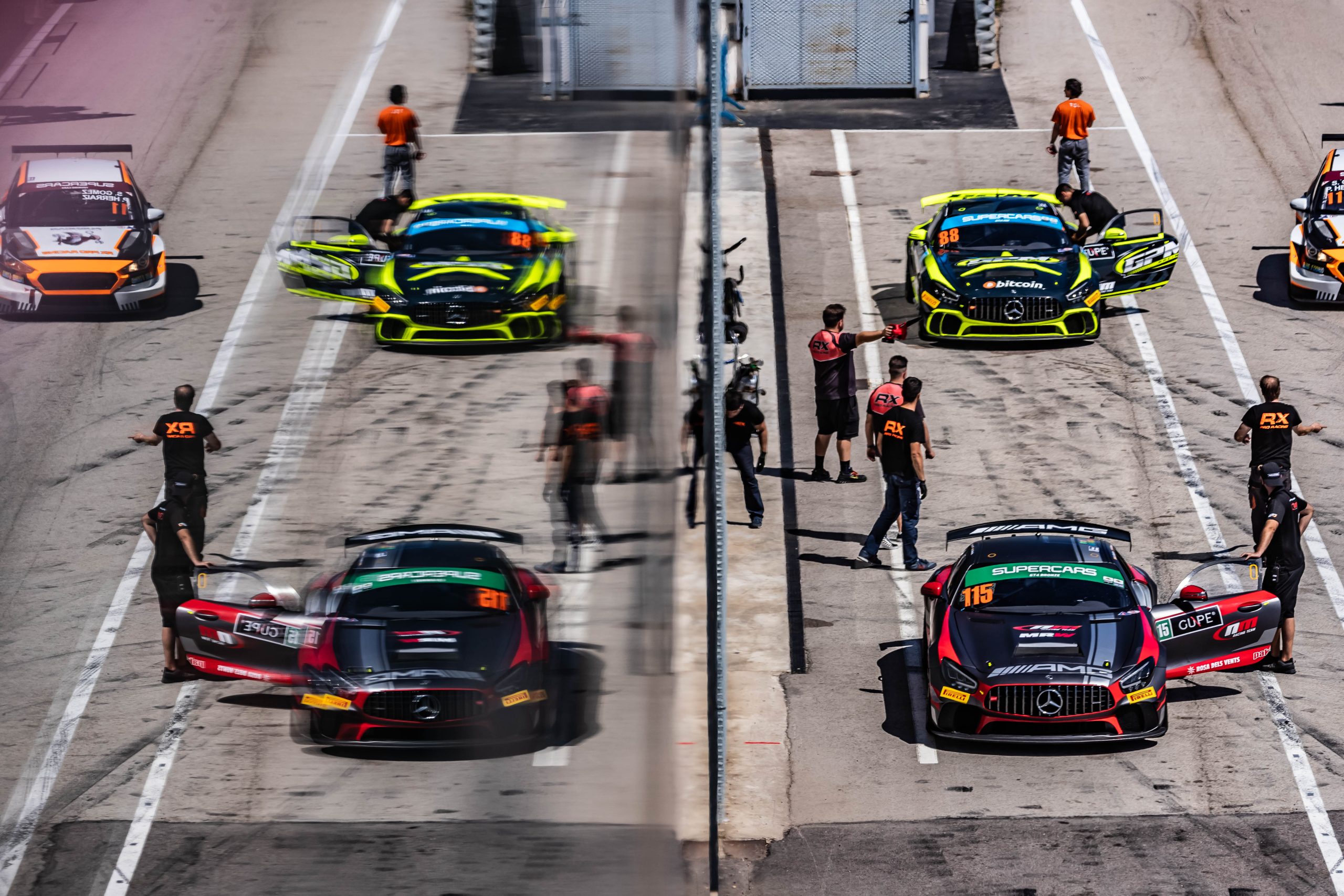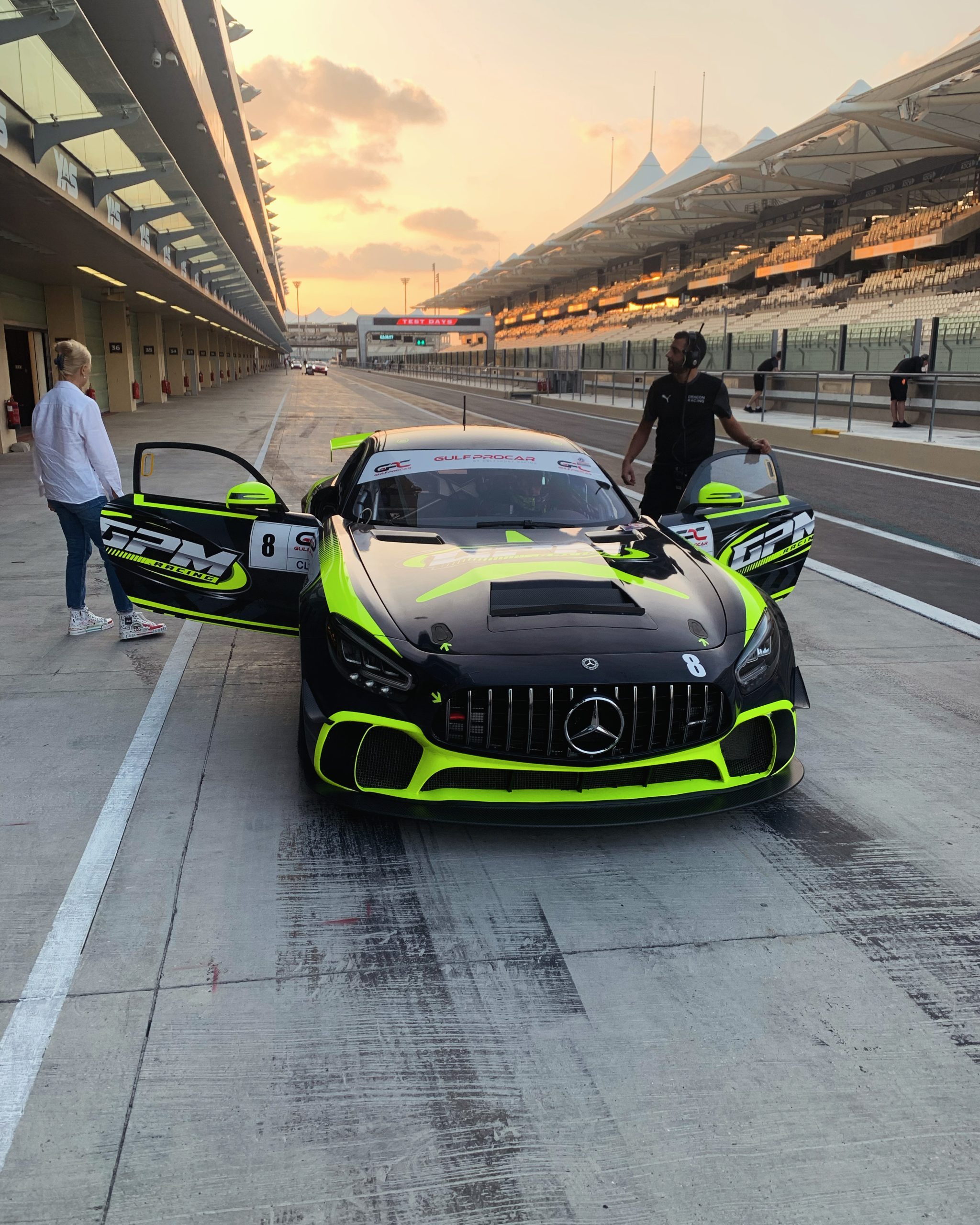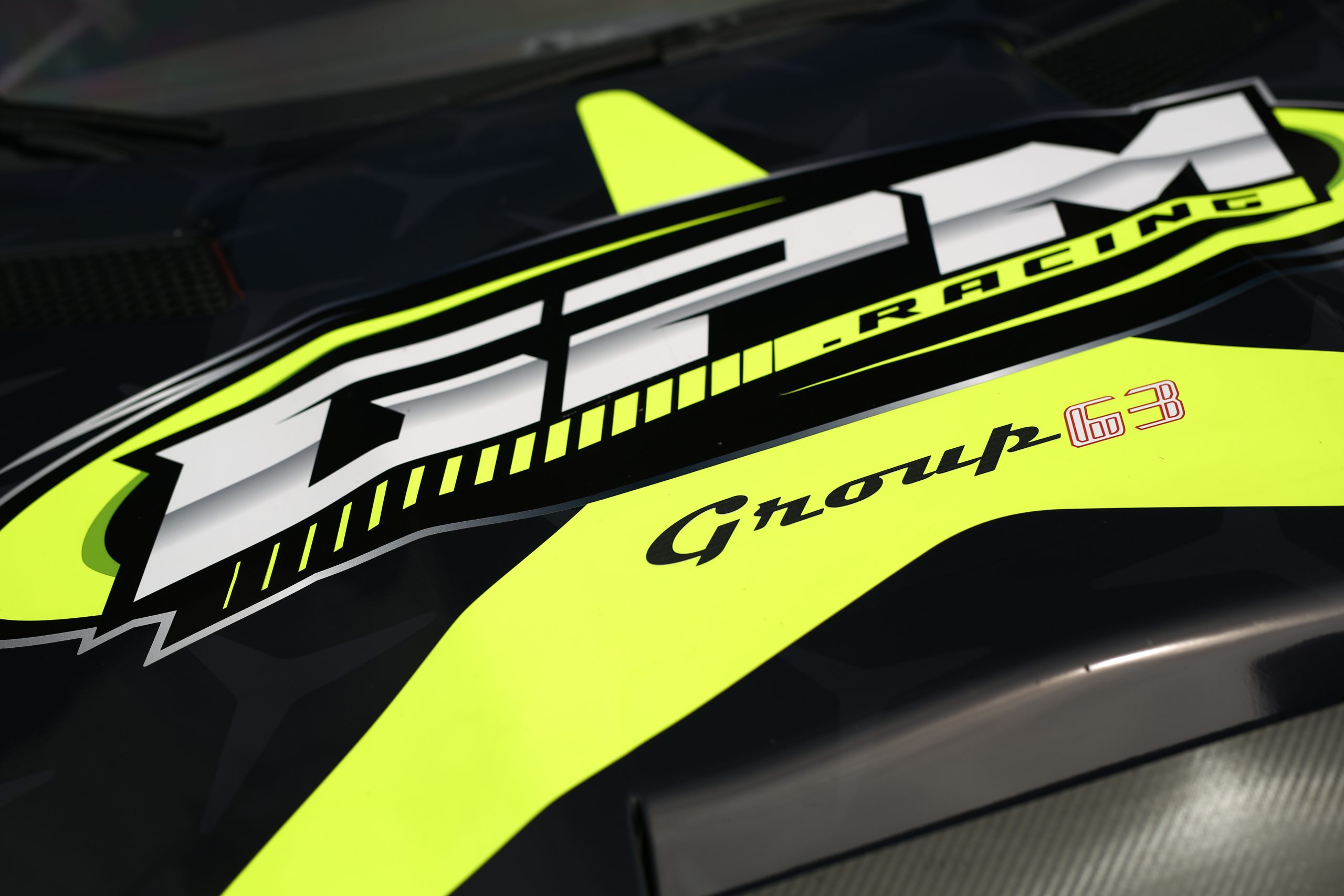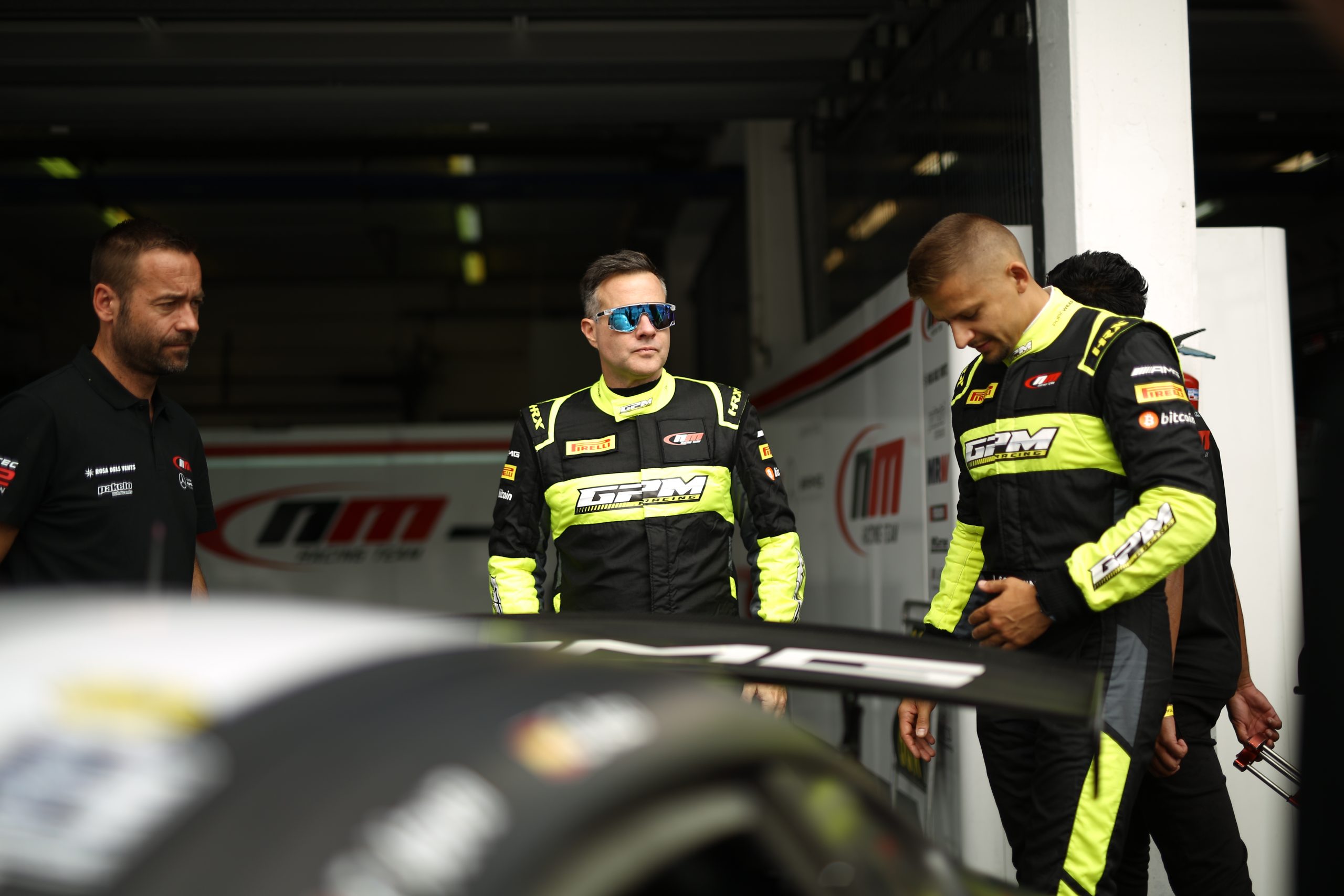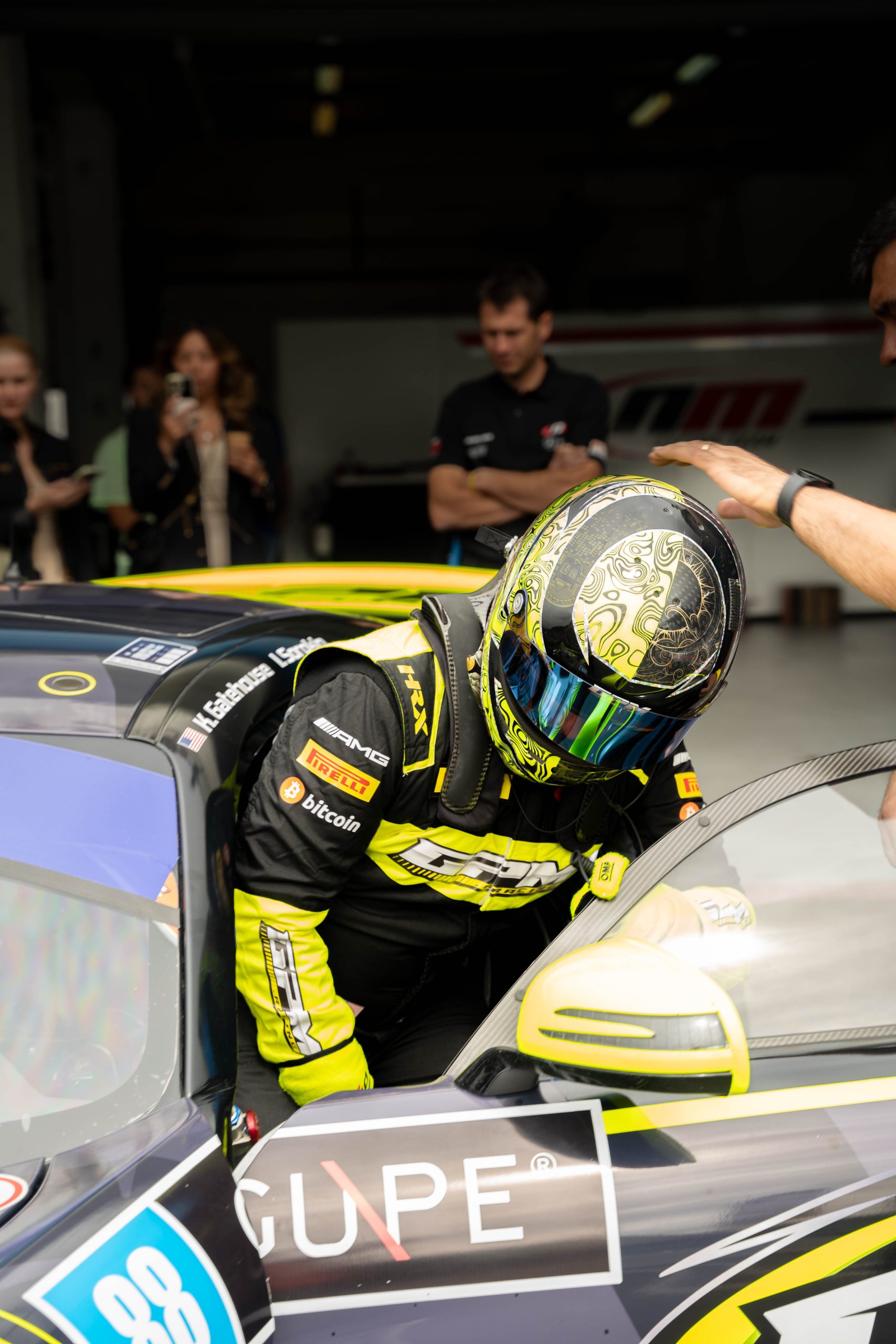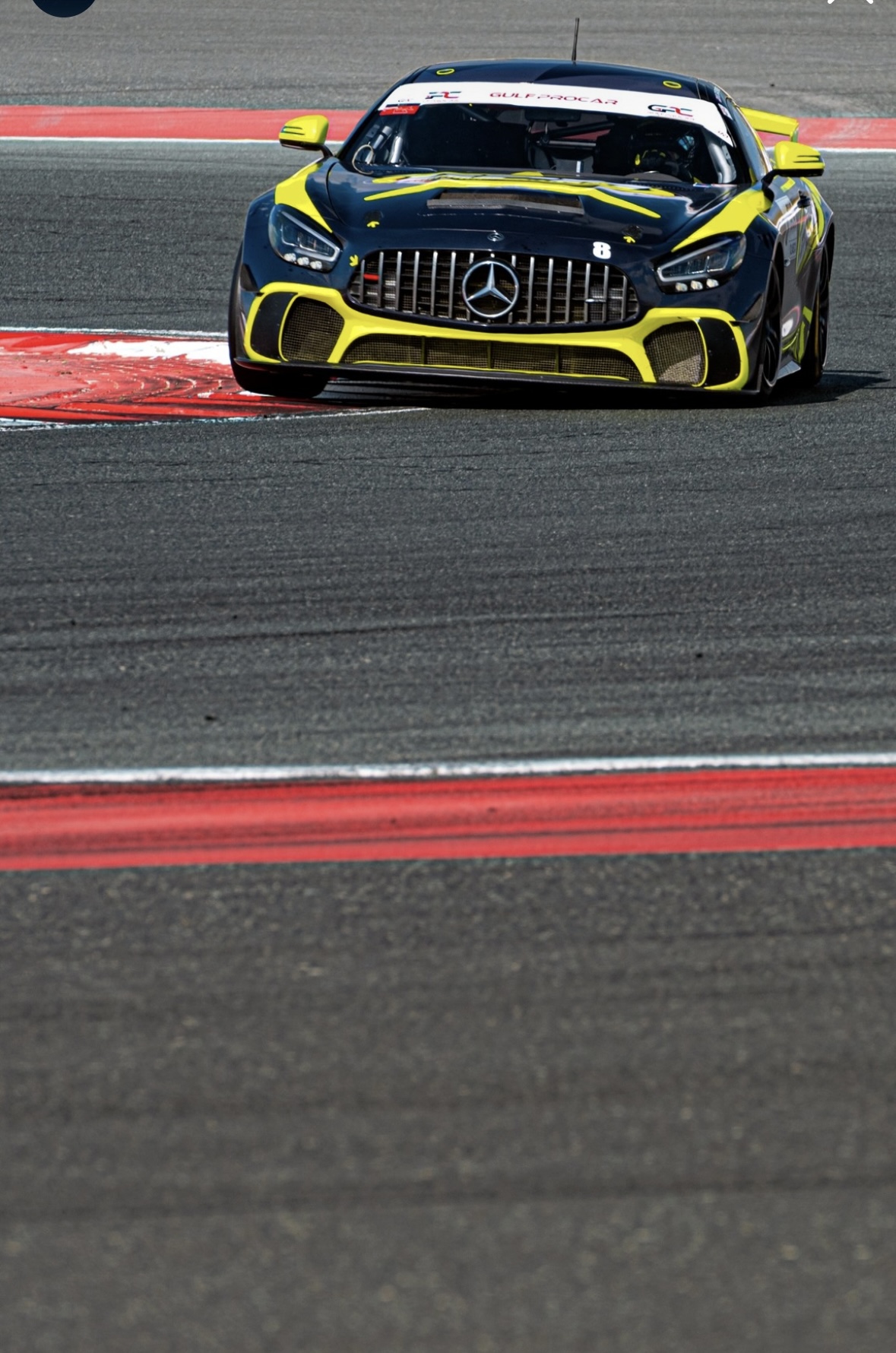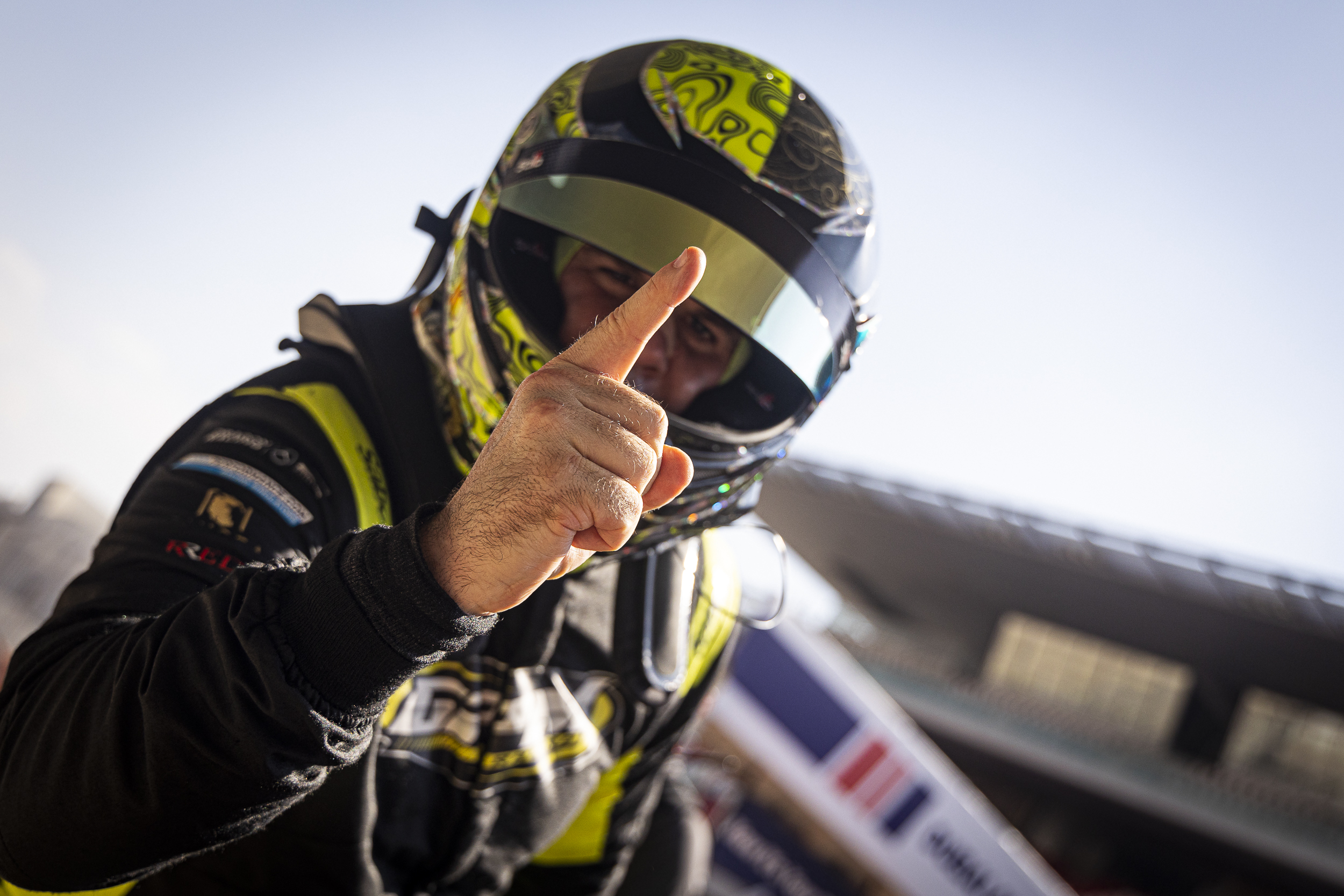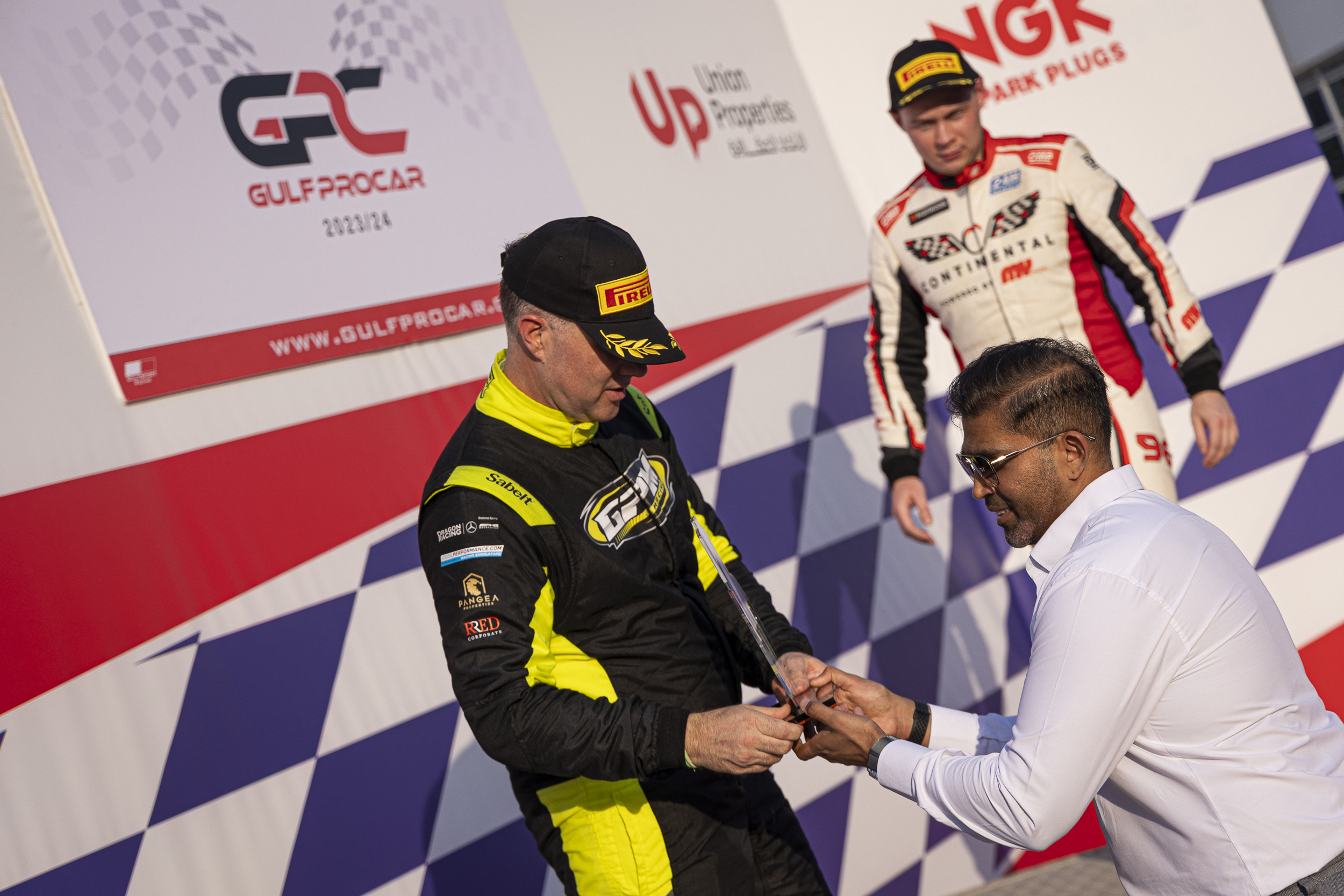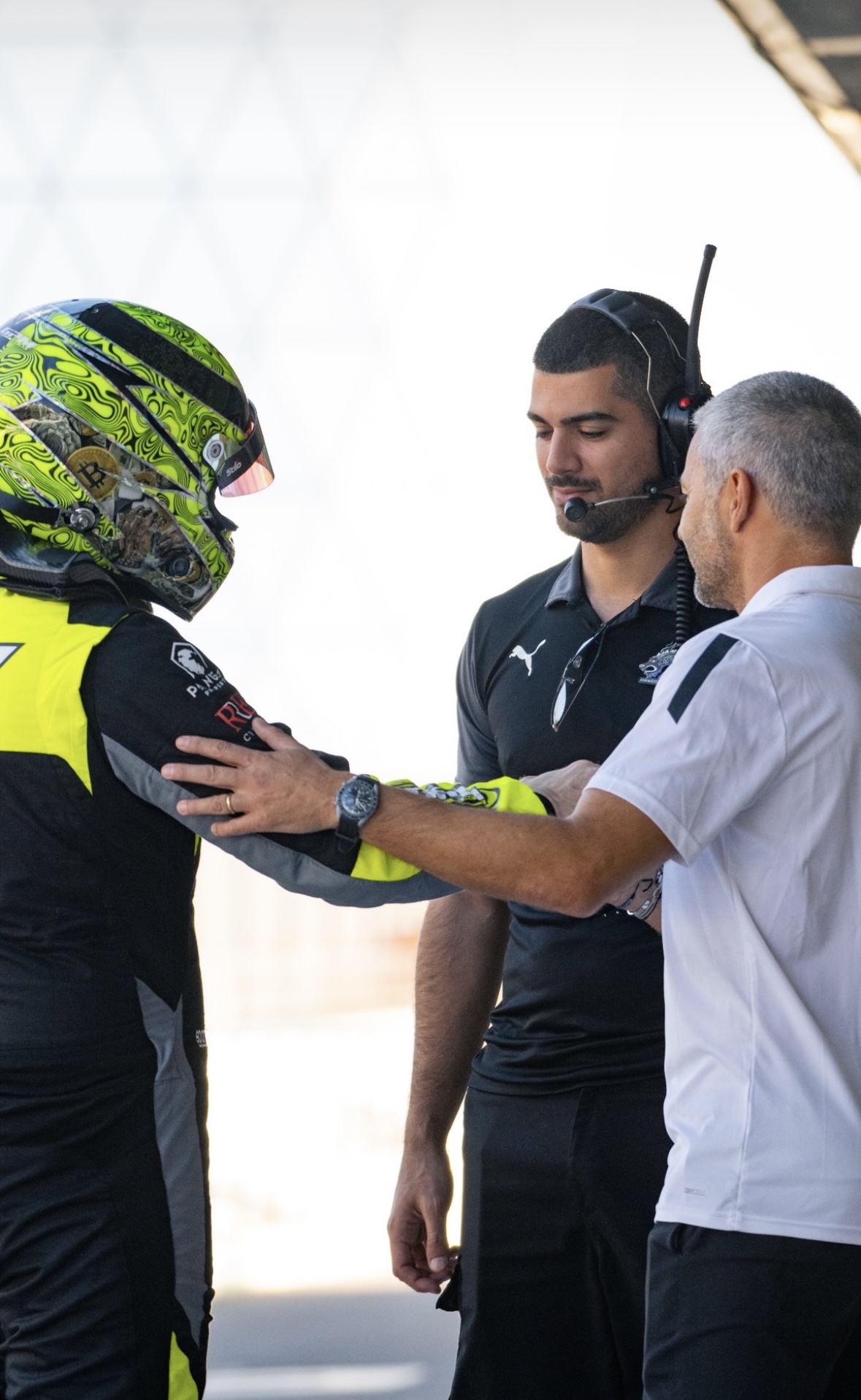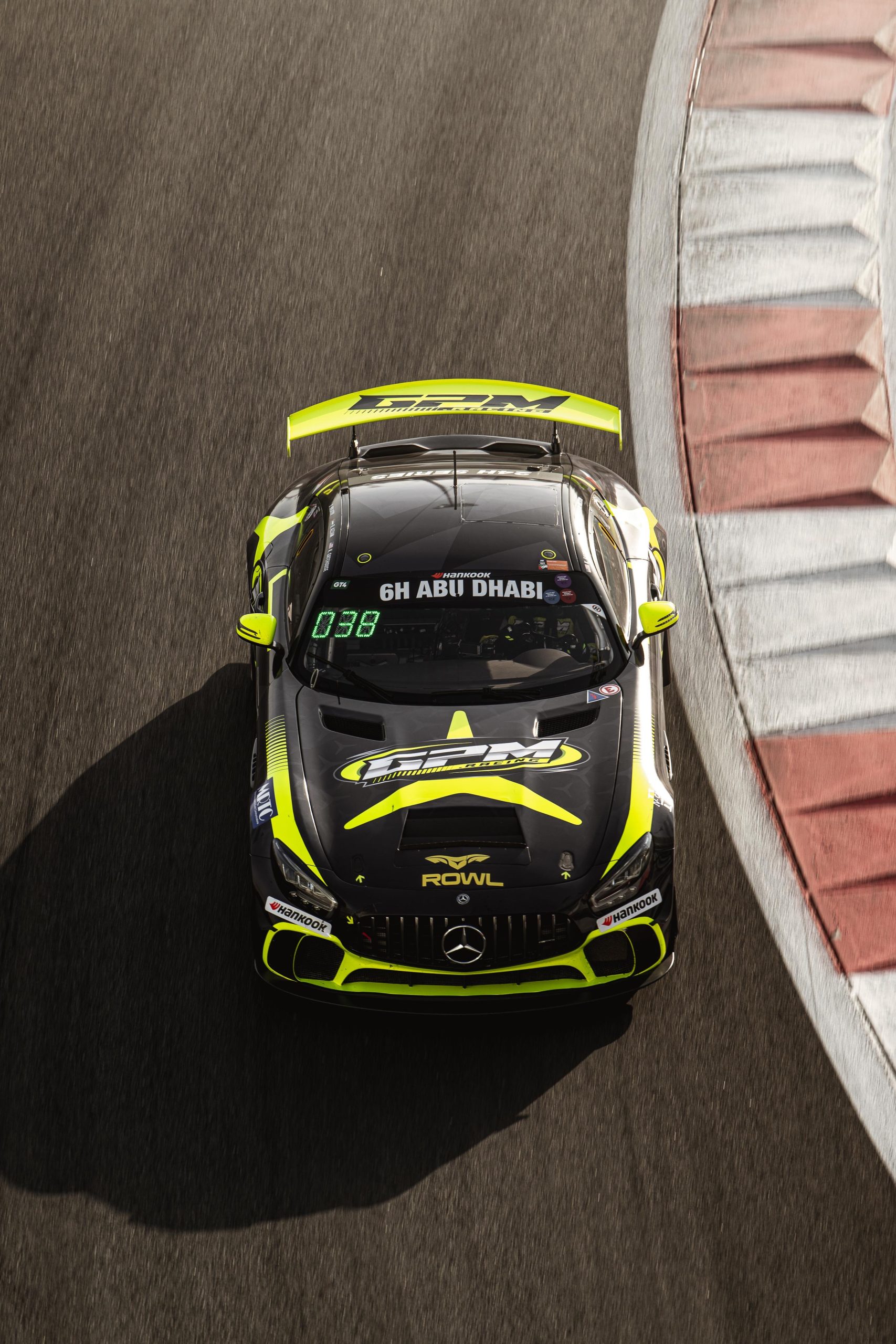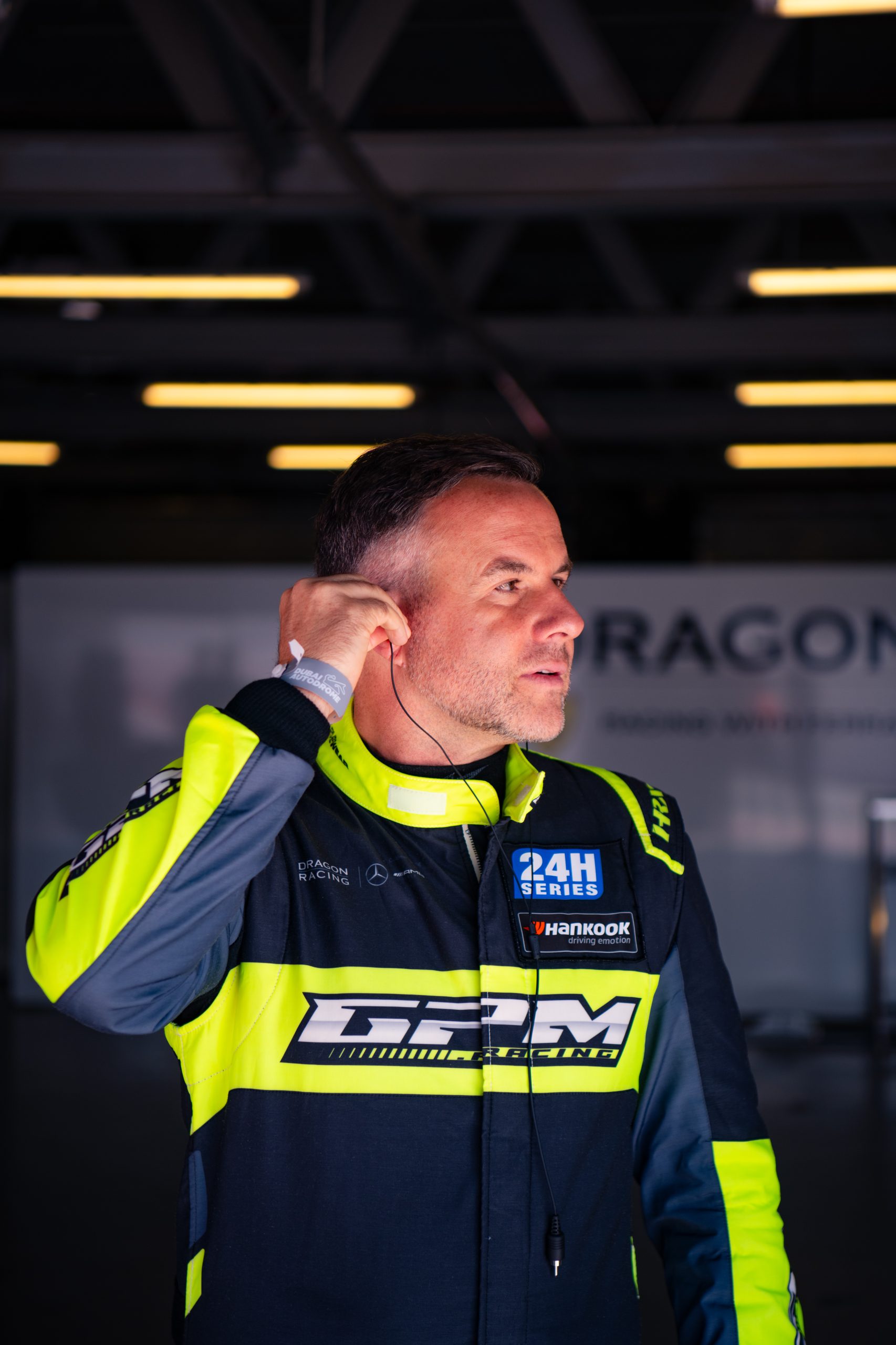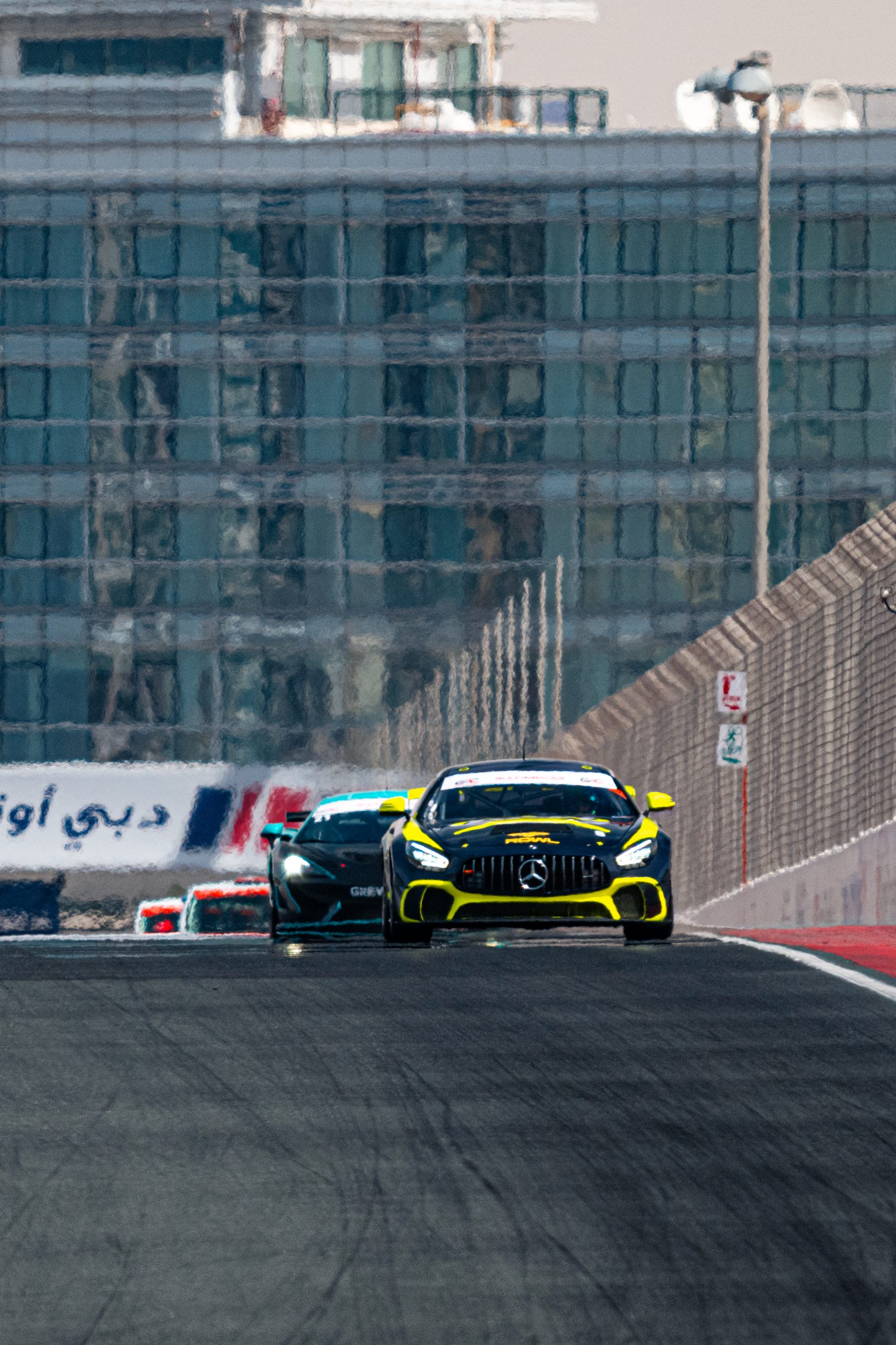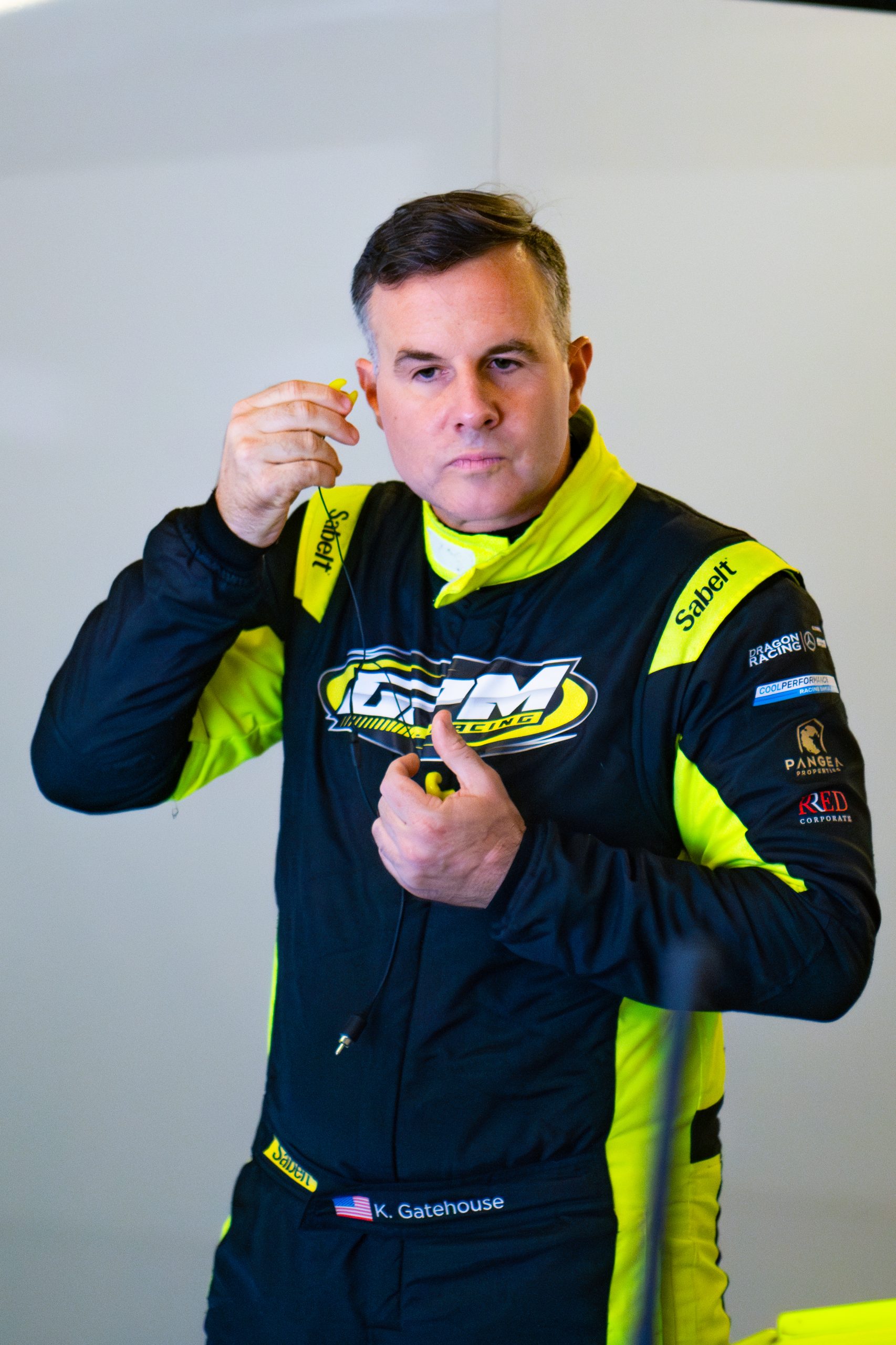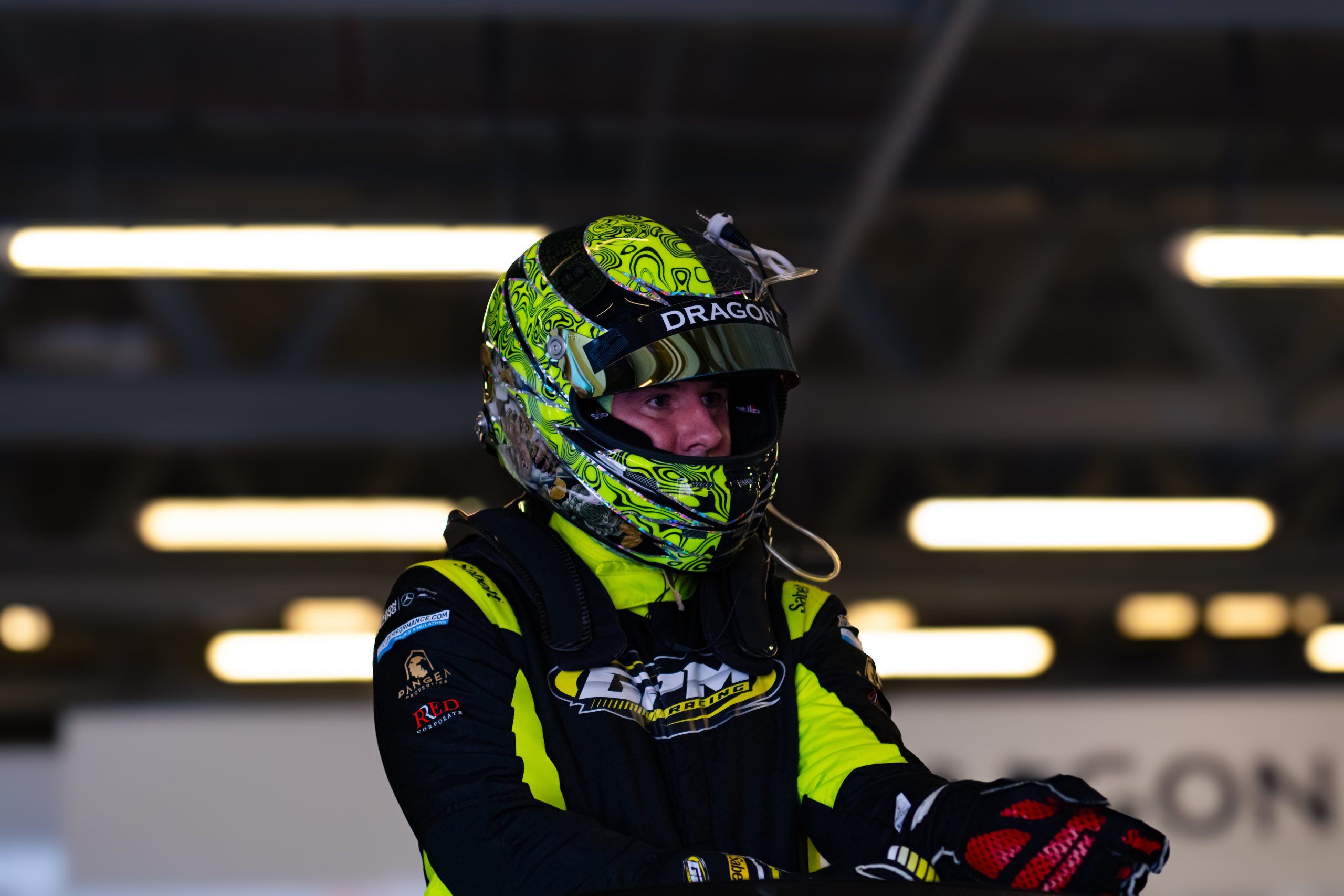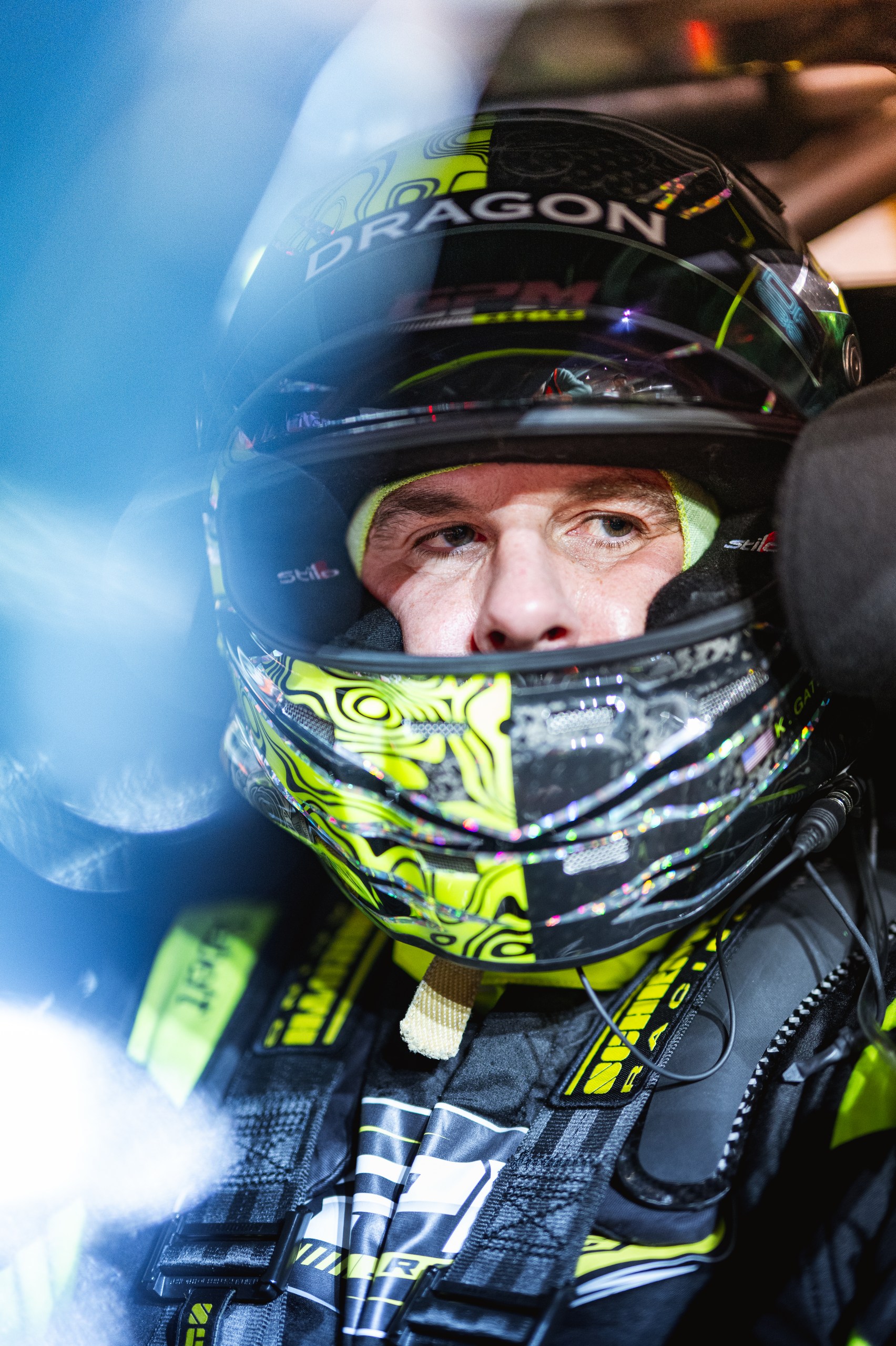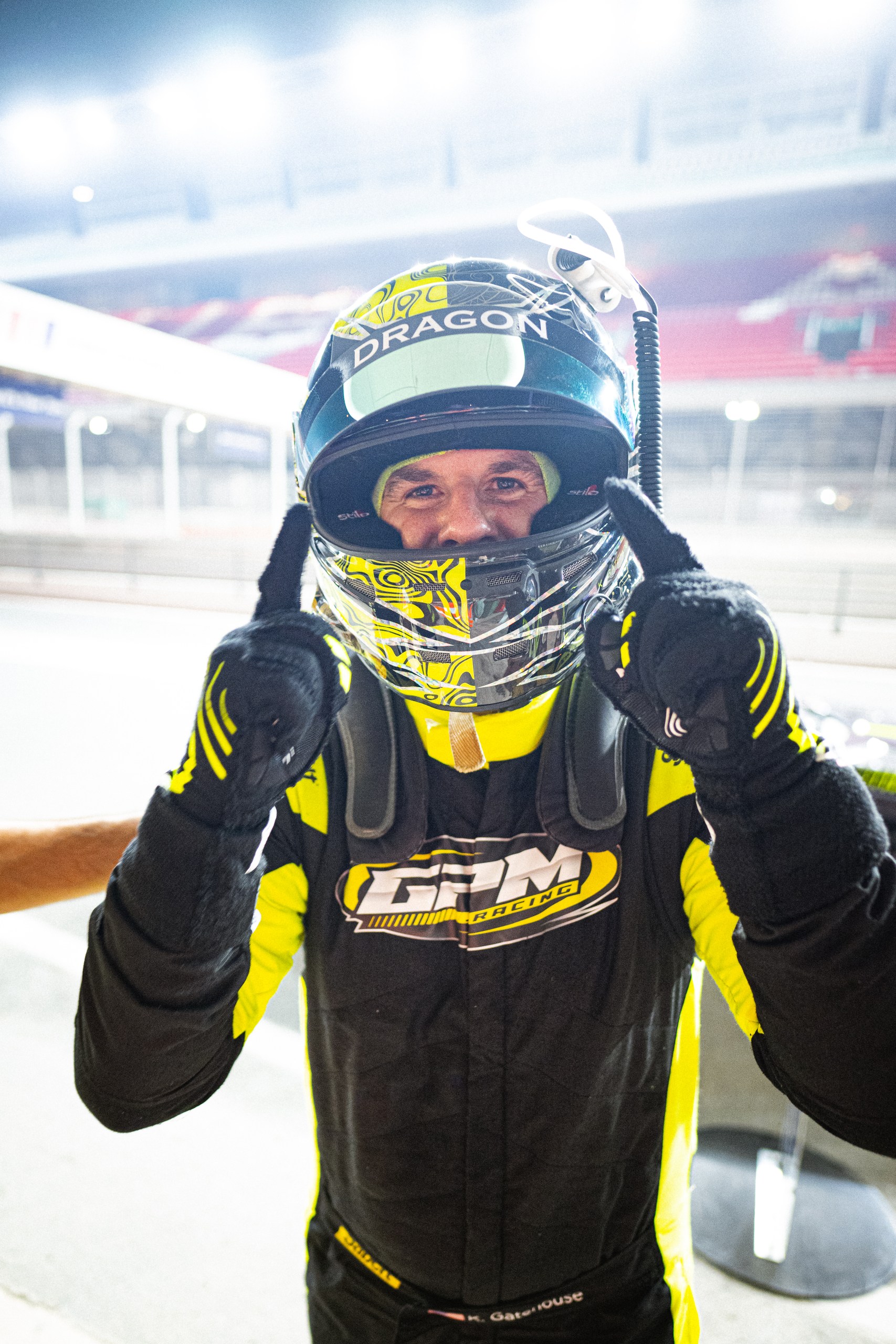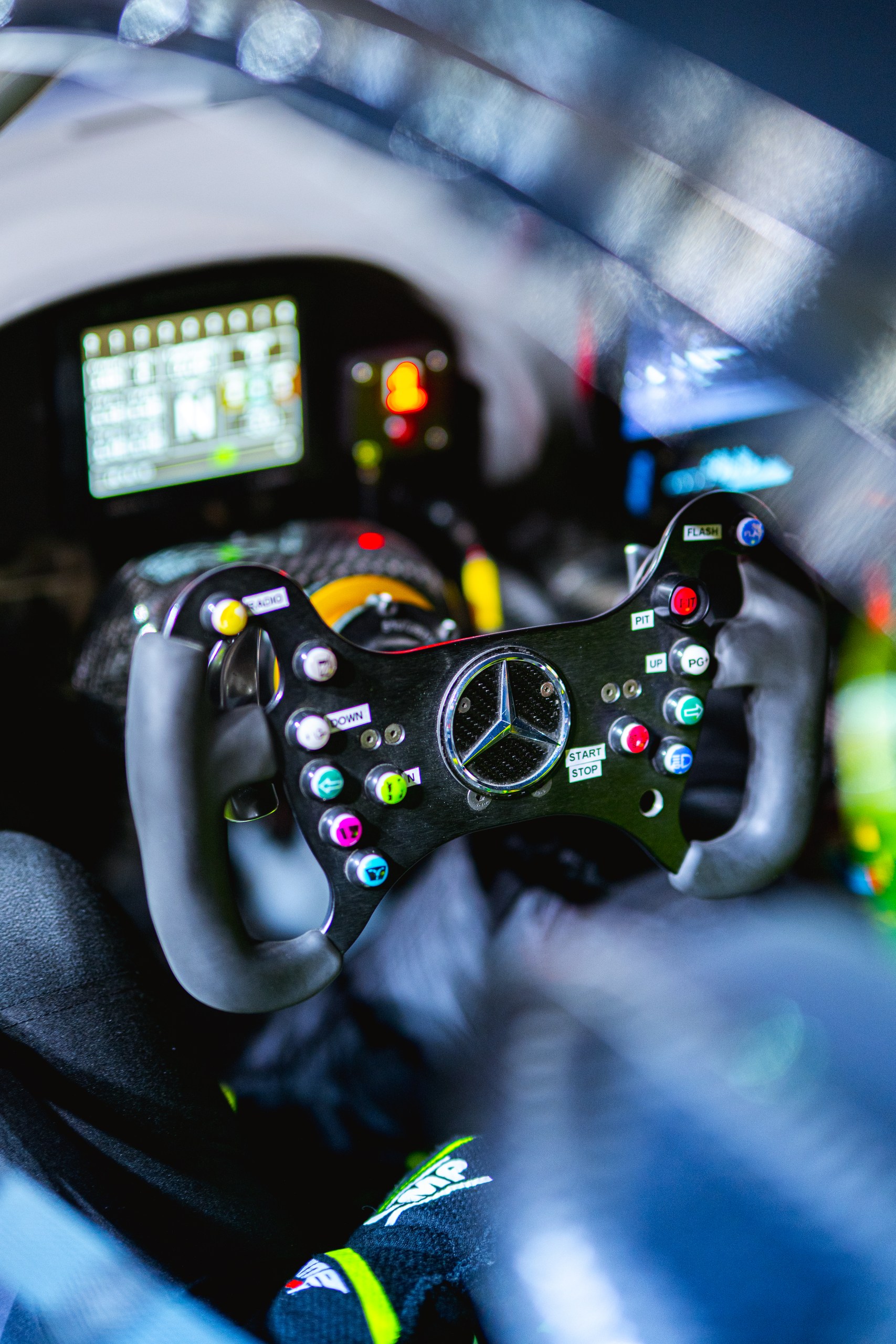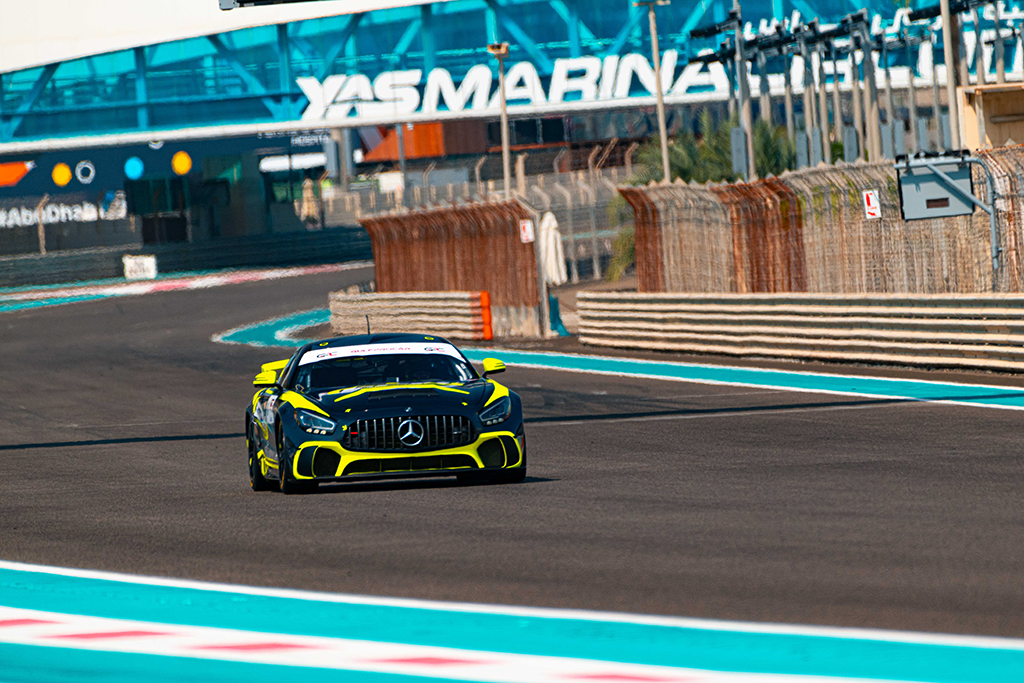The Problem: Spinal Injuries in Racing
Motorsports is exciting but dangerous. Drivers face high speeds and sudden impacts. Spinal injuries, like compression fractures, happen often. These injuries can be life-changing.
The spine takes a lot of force during crashes. Hard landings, rollovers, and sudden stops can all cause damage. Even with modern safety gear, spinal injuries are still a risk.
What’s Being Done About It
1. Seats That Absorb Impact
Racing seats are improving. Some seats use materials that absorb crash forces. This helps protect the spine by reducing how much energy reaches the driver.
Custom-fit seats are another step forward. They mold to the driver’s body, spreading crash forces more evenly. This reduces pressure on the spine.
Suspension seats are also being used in off-road racing. These seats absorb shocks from jumps or rough terrain.
2. Better Harnesses
Harnesses keep drivers in place during crashes. Modern harnesses are better at preventing sliding (called “submarining”). They also reduce pressure on the lower back and hips.
3. Frontal Head Restraints (FHR)
FHR devices like the HANS device protect the neck and upper spine. They stop the head from moving too far forward in a crash.
The Simpson Hybrid FHR is different. It attaches to the body and helmet. This offers more stability and helps in side impacts.
4. Advanced Crash Testing
Crash testing is more advanced now. Researchers use dummies and computer simulations to study crash forces. This helps them improve seats, harnesses, and barriers.
Real-world crash data also plays a big role. Racing organizations like NASCAR and the FIA collect data to find ways to reduce injuries.
5. Safer Tracks and Cars
Tracks and cars are designed to absorb crash energy before it reaches the driver.
- Barriers like SAFER walls reduce the force of a crash.
- Cars have padding in the cockpit to protect drivers during rollovers.
- Crumple zones in the car absorb energy during a crash, keeping the driver safer.
New Ideas for Spinal Safety
Active Suspension
Some cars have active suspension systems. These systems can adjust during hard landings, reducing the impact on the driver’s spine.
Sensors for Real-Time Data
Wearable sensors track how much force the spine takes during a crash. This data helps doctors understand injuries faster.
Exoskeletons
Exoskeletons are being tested. They spread crash forces across the body, reducing pressure on the spine.
Why It’s Hard to Protect the Spine
Completely preventing spinal injuries is tough. High-speed crashes involve forces that can’t always be controlled.
Drivers also don’t want safety features that affect their performance. And advanced safety systems can be expensive, making them hard to use in smaller racing series.
The Bottom Line
Motorsport safety is getting better. Seats, harnesses, and barriers are saving lives. New technologies like active suspension and exoskeletons could help even more.
But spinal injuries are still a risk. Racing will always have danger. The goal is to make it as safe as possible.
What do you think is the best way to protect drivers? Share your thoughts.


